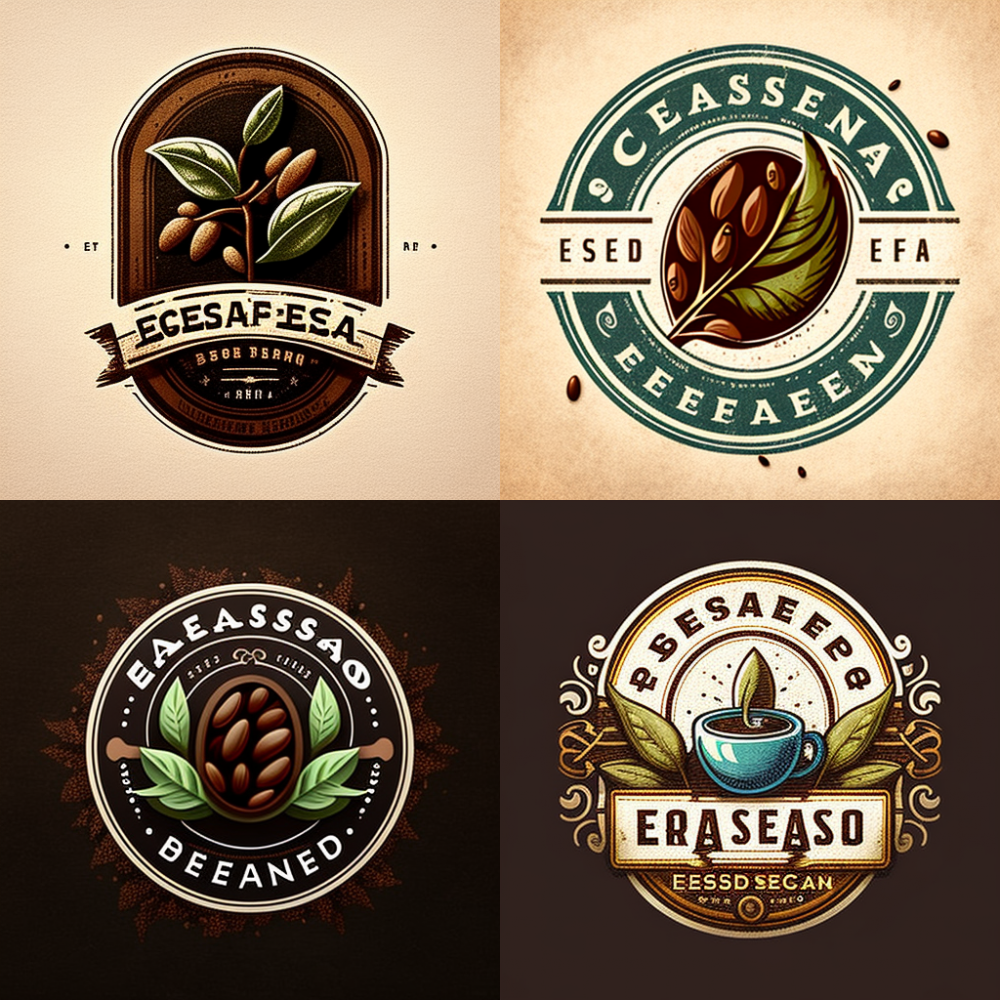Graphic Design 101
What are the basics of graphic design and visual communication?
The basics of graphic design and visual communication involve creating visual content that effectively communicates a message or idea. This can be achieved through the use of elements such as typography, color, imagery, and composition.
Overall, graphic design and visual communication involve a combination of technical skills and creative problem-solving, as designers must find the best way to communicate a message through visual means.
Typography refers to the use of typefaces, font styles, and font sizes to create clear and legible text. In graphic design, typography is used to convey information, create hierarchy, and establish a visual identity.
Colour theory is the study of colour relationships and how they impact the viewer. It helps designers choose colours that complement each other, convey moods and emotions, and help attract attention to certain elements.
Imagery refers to the use of photographs, illustrations, and other forms of visual media in design. In graphic design, imagery can be used to support text, tell a story, or create a visual impact.
Composition refers to the arrangement of design elements on a page or screen. Good composition creates visual interest and leads the viewer's eye through the design. The use of principles such as balance, contrast, and alignment can help create strong compositions.
